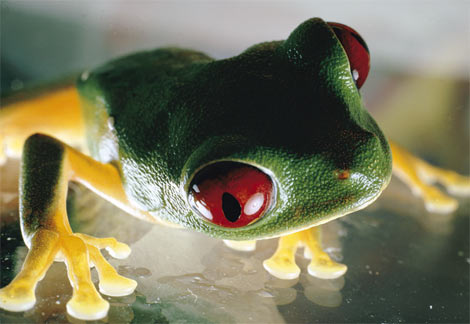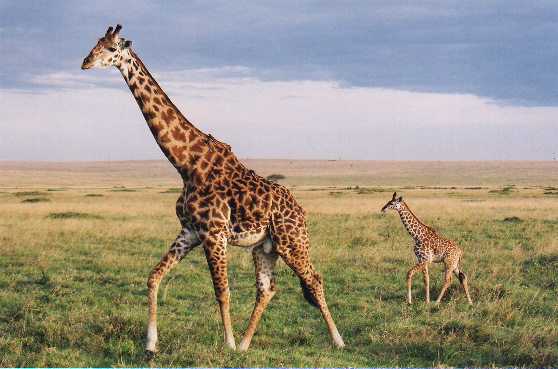Top 5 Technologies We Stole from Mother Nature
July 31, 2015 4:44 pm | Category: Uncategorized
1.Artificial Intelligence
AI is one of the most obvious ones in this list. Intelligence and self thought itself are inspired from the very thing thinking about it, human intelligence! While AI is a broad topic, even small things, like calculators, can be classified as AI and were made to mimic things that humans have been doing for years. A vast majority of the steps that have progressed AI are from reverse engineering the brain itself; an example of this is neural networks being implemented. A neural network is the way the human brain “learns”; when you do something beneficial the brain will strengthen your neural connection between that and being correct. One of the most interesting facts about AI is the most promising method for them improving it is by using the AI to improve itself!
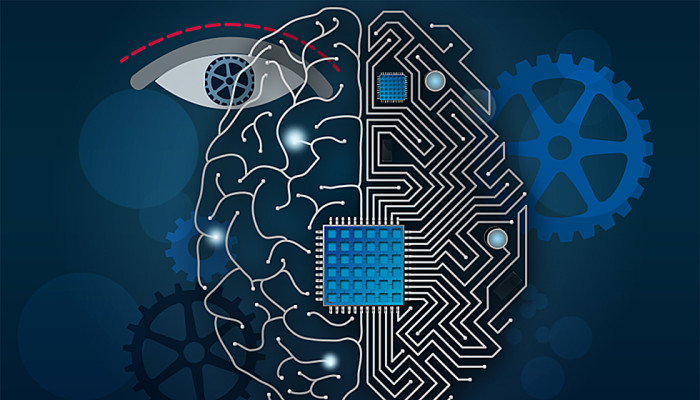
2.Flight
Leonardo da Vinci was the first real stride towards flight in human history. He based his “flying machine” off the designs of bat and bird wings. Originally the devices even had a flapping dynamic just like a bird, however later on he gave up the flapping for a more practical fixed-wing design. The majority of plane control originally comes from birds. Wilbur Wright concluded that birds changed the angle of the ends of their wings to make their bodies roll right or left. The discovery eventually created the idea of wing-warping for lateral movement in planes.
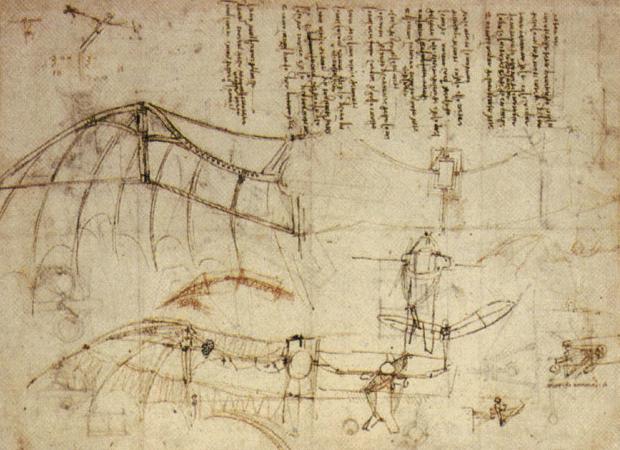
3.Velcro
Swiss engineer George de Mestral went on a hunter trip in the Alps in 1941, while he was hunting, his dog got covered in burdock burrs. Mestral then proceeded to examine them under a microscope to discover the reason they stuck is because of small hooks all over that can attach to clothing and fur. A few years later he came out with velcro and it became the most commercially successful instance of biomimicry.
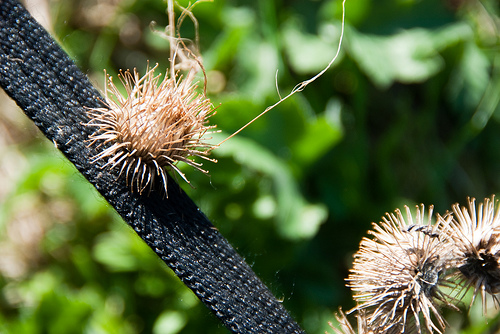
4.Tires
Tree frogs have developed a design in their toes that allow for safe attachment to wet surfaces. They have tiny hexagonal pattern on their feet that allow them to remain in contact with the surface and create friction, while the channels between allow the mucus to spread through the pad. The hexagonal pattern has been adapted into the treads on car tires. This was achieved by creating tires with similar bumps and valleys, giving them better traction on wet roads.
5.Space Suits
Giraffes may seem like they have nothing to do with equipment needed to travel in space, but they may have some insight in spacesuit technology! Giraffes avoid the inertia from dipping their head down to drink and eating from high tree branches with special valves in blood vessels in their neck that regulate the amount of blood traveling from the heart to the brain!. NASA scientists are trying to duplicate this system in spacesuits, building a series of valves and pumps that will keep the astronauts’ blood flowing normally even in zero-gravity space.

